Laser Tattoo Removal in Long Beach
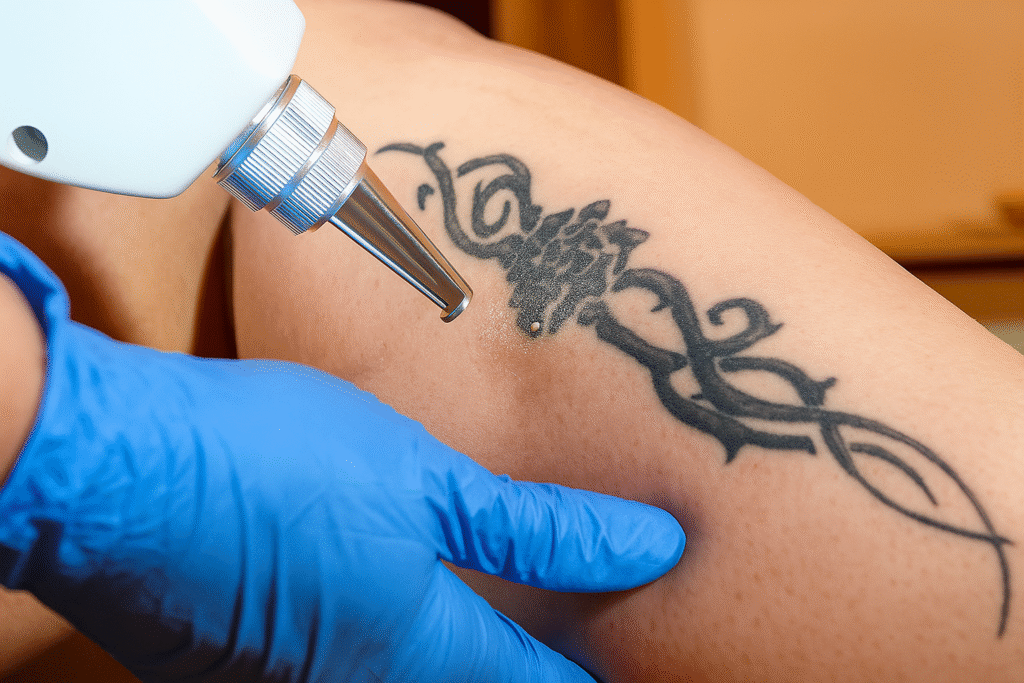
Since 2004, we’ve met many patients from Long Beach, CA, and from surrounding areas, who come to us to discuss laser tattoo removal because they’ve been swindled with other tattoo removal gimmicks. There are two in particular that we hear all the time, so we thought we’d set the record straight on these for you […]
What Is The Best Treatment For Depressed Acne Scars

Depressed acne scars affect the smoothness or texture of the skin. These scars can also be referred to as “atrophic acne scars” or “boxcar acne scars” due to their shape. They may have sharp cliff-like edges or have a scooped out appearance. These acne scars can be difficult scars to treat due to their size […]
Laser Hair Removal Explained
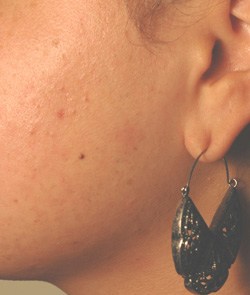
You can find laser hair removal in almost every city in America. Dermatologists, plastic surgeons, OB/Gyns and family practice offices offer it? But who’s qualified to do laser hair removal and how can you ensure you’re getting an effective treatment? You may not be surprised to learn that price isn’t the most important factor! Understanding […]
Does Laser Hair Removal Hurt?

Generally speaking, yes, laser hair removal is uncomfortable. But if that’s what’s keeping you from considering having treatment, then perhaps you should reconsider? Everyone’s perception of pain is different, and we feel like we have identified a few factors that are correlated with an increased amount of pain with laser hair removal. If you don’t […]
What are the Top Three Resurfacing Lasers?
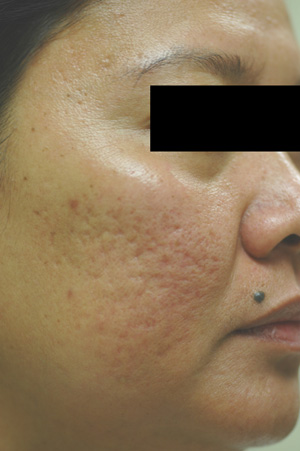
When it comes down to it, we know that you have many choices when it comes to laser practices. And we also know that it’s the knowledge, skill and expertise of the laser practitioners and the breadth of technology that sets one practice apart from another. That’s why we’ve invested an enormous amount of time, […]
What is a Keloid?
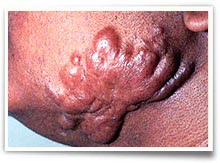
Have you ever seen a keloid (bumpy, raised) scar and wondered why someone healed that way? Maybe you have one or more keloids and feel embarrassed or upset by the way they look. Keloid scars are easily recognizable, and the truth is, no one really knows exactly why they occur. Keloid scars are very dense, […]
What is Acne Rosacea and What Causes It?

Are you an adult suffering with acne? In addition to having small pimples, is your skin red, flaky, and irritated? If so, then you may have a condition known as acne rosacea. Acne rosacea is a combination of two conditions: Rosacea, which causes facial irritation and redness due to excessive blood flow, and acne which […]
Tattoo Removal
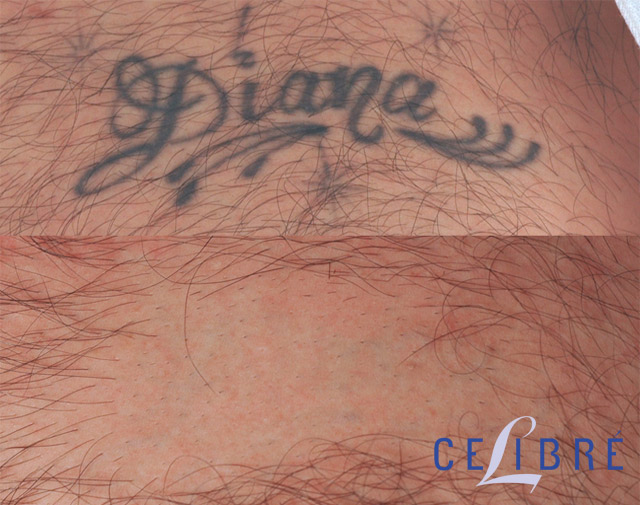
If you’re “over” your tattoo and want it gone yesterday, lasers can help. With that said, laser tattoo removal takes some time. There are several factors that can influence the time it takes for your tattoo removal and we review them below. Is it an amateur or professional tattoo? While you might not think this […]
What is CO2 Laser Resurfacing?
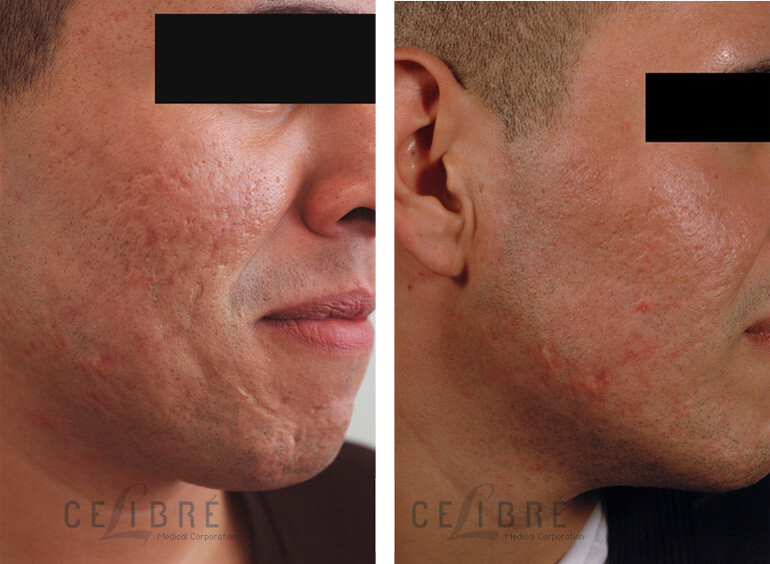
If you’re thinking about having laser resurfacing and have been doing some homework, you’ve probably come across CO2 laser resurfacing. If you’re still confused about it, it’s okay! We’re here to help you understand and make sense out of all the information out there today. Let’s start with some basic information. What is Laser Resurfacing? […]
Laser Hair Removal for Razor Bumps
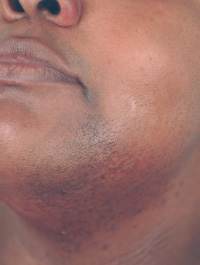
At one time or another, we’ve all had “razor bumps”: those red, pimple-like, tender bumps that appear after shaving. For most of us, they’re an annoying, once-in-awhile problem. But if you suffer with constant or severe “razor bumps” then you could have a more serious condition known as pseudofolliculitis. Folliculitis in an infection and inflammation […]
Is There Downtime with Acne Laser Treatments?
There certainly can be, but it all really depends on two things: which acne laser treatment you have and what you consider to be “downtime”. Let’s talk about what “downtime” is first. Balancing Downtime: Recovery after Acne Laser Treatments Downtime refers to time away from your regular work and/or school activities. Sometimes after acne laser […]
Why Does Celibre Use A Variety Of Lasers

View All Blogs At Celibre, we use a variety of Class IV dermatology lasers to treat multiple skin conditions, whereas many of our competitors rely on one laser or IPL to treat many different skin conditions. Because we treat all different skin types for approximately 15 different cosmetic skin conditions, there isn’t ONE specific laser […]
Sun Spots On Lips
Sun Spots Overview | Treatment | Before and After Pictures | Cost Have the years you’ve spent in the sun taken their toll on your skin? Do you have sun spots and freckles almost everywhere on your sun-exposed skin? Have you noticed them popping up in strange places…maybe even on your lips? The ultraviolet radiation of the sun produces a whole […]
What is the Recovery for Deep Profractional Laser Resurfacing?

If you’ve been researching the most effective anti-aging procedures available today, then you’ve probably come across laser resurfacing. While there are many different lasers available, Profractional and Fraxel are two of the most popular. What you may not realize is that “Fraxel” treatments can be very different from treatment to treatment. At Celibre Medical, we […]
How Does The Laser For Acne Scars Work

Different Lasers for Different Scars Because there are many types of <strong”>acne scars there is no single laser that can help with all of them. Three types of lasers used to improve or eliminate acne scars include the CO2/Erbium (for textured acne scars), pulse dye (for red acne scars) and q-switched (for pigmented acne scars). […]
